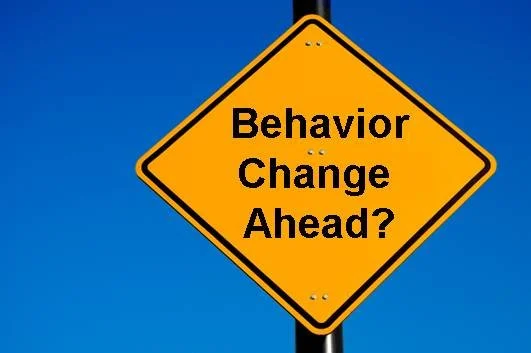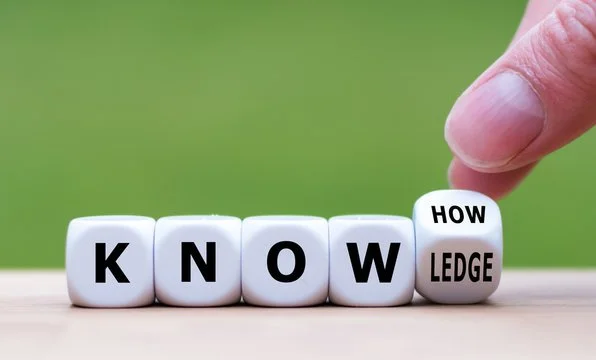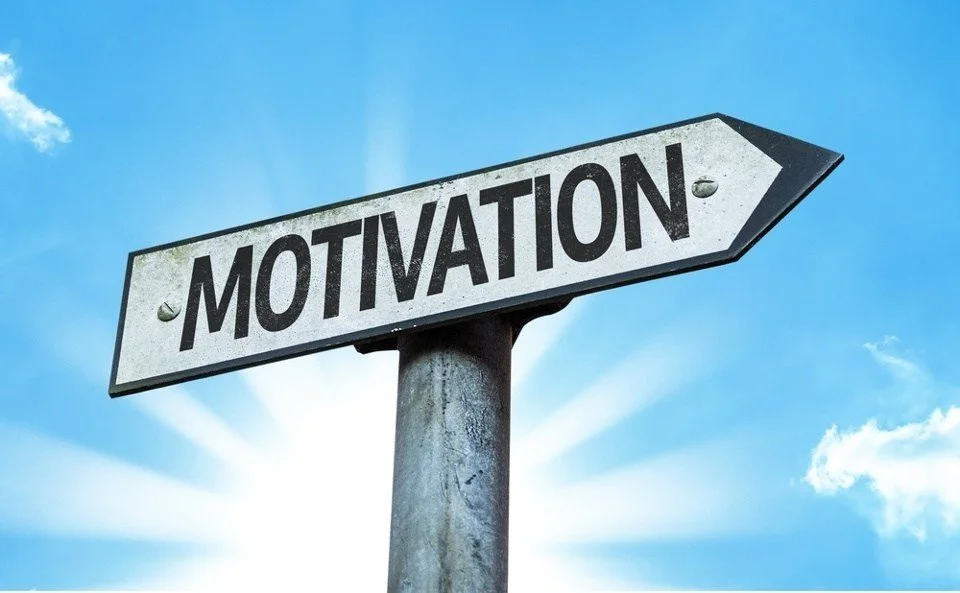3 questions to ask if you want to change customer behaviour
Changing others’ behaviour is easy – right?
Unfortunately, the evidence suggests otherwise (please check out our free guide here if you want to know more).
However, by incorporating proven academic behaviour change models into market research, we can hugely increase our odds of ultimately changing customer behaviour.
In this new article we draw on the University College London developed COM-B model. In particular, to change customer behaviour the model suggests we need to delve deeper into whether customers have three things.
These relate to customers’:
1. CAPABILITY to change behaviour
2. OPPORTUNITY to change behaviour
3. MOTIVATION to change behaviour
CAPABILITY
Ok, so customer capability to change behaviour is important. But what does capability actually mean?
Typically in market research, when it comes to capability we are interested in customers’ “psychological” capability. This is usually about customer knowledge – about for example our client’s product.
However, psychological capability can also be about whether customers have sufficient skills – for example to use our client’s product.
Finally, if the customer behaviour in question is an obviously physical one (which is quite rare in market research), under Capability we should find out whether or not customers have sufficient strength or stamina to do the behaviour.
In summary, when it comes to most customer behaviours, three key Capability questions to delve deeper into are as follows:
1. How, if at all, are customer knowledge levels a potential barrier?
2. How, if at all, is customer knowledge of how or when to do the behaviour a barrier?
3. How, if at all, are customers’ skill levels a barrier?
OPPORTUNITY
Next, customer opportunity to change behaviour is also an essential factor to consider. Similarly to capability, customer opportunity can also mean two things.
First, and most commonly, Opportunity refers to physical opportunity. For example, have customers got sufficient money; time; access to do the behaviour?
However, opportunity can also mean social opportunity. This refers to the extent to which the behaviour in question is thought of as socially acceptable.
Three key Opportunity questions therefore to find out about customers are:
1. How, if at all, is access to the behaviour a barrier?
2. To what extent is time or money a barrier?
3. How, if at all, might others’ opinions of the behaviour be a barrier?
MOTIVATION
Last, but not least, we need to find out more about customer motivation to change behaviour.
First, and most obviously, “reflective” motivation refers to customer perceptions of the behaviour. For example, do customers believe that doing the behaviour will be worthwhile?
However, even if customers have sufficiently strong positive beliefs, “automatic” behaviours such as habits, impulses and reflexes can sometimes get in the way. These can be a particular challenge if the behaviour requires repeated effort over time.
Three key Motivation questions therefore to understand about customers are:
1. How, if at all, are negative or ambivalent customer beliefs about the importance of the behaviour a potential barrier?
2. To what extent might customer self-belief in their ability to do the behaviour be a barrier?
3. How, if at all, are habitual competing behaviours a barrier?
CONCLUSION
The COM-B model describes three key factors essential to behaviour change: unless all three of the above – Capability, Opportunity, and Motivation – are present, a behaviour won’t occur.
One of the key benefits of COM-B is how straightforward it is to use – in both qualitative and quantitative research.
However, perhaps the biggest benefit of all of COM-B is that for each of the three sets of barriers above, the model contains a number of recommended “behaviour change techniques” to help address them. There are 93 of these in total so a lot to choose from!
Thanks for reading, and to learn more about COM-B and behaviour change techniques please request our free guide.




